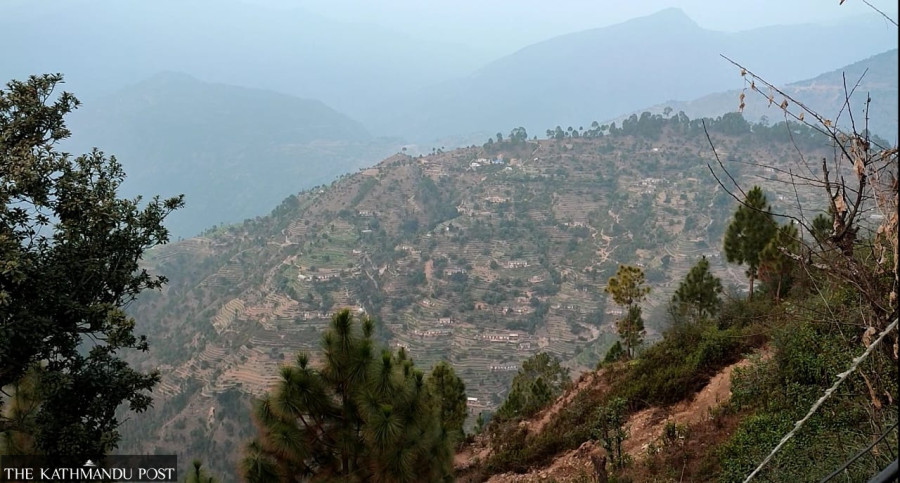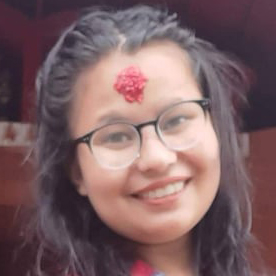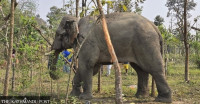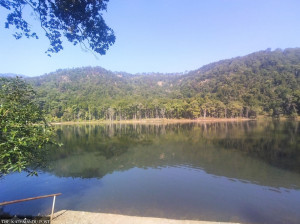Sudurpaschim Province
Snakebite patients in Talloswarad of Baitadi die for want of treatment
Since treatment for snakebite is not possible in the entire district, patients have to be taken to Dadeldhura or Dhangadhi. Most of the patients die on the way to hospitals.
Tripti Shahi
Fourteen-year-old Manisha Saud, a resident of Kusmaut settlement in Shivanath Rural Municipality-1, died of snakebite last Saturday. She was bitten by a snake at around 9am. “She died an hour and a half later,” said Bir Bahadur Saud, the victim’s uncle.
Manisha died in lack of timely treatment.
“We were in a dilemma. We didn’t know where to take her since the local health post does not have a snakebite treatment facility. If we were able to take her to the hospital immediately, she could have been saved,” said Bir Bahadur.
Kusmaut is a remote village in the Talloswarad area of Baitadi, a hill district in Sudurpaschim Province in farwestern Nepal. “Our settlement is in a remote location. It takes around four hours on foot to reach the nearest road. And it takes around 7-8 hours to go to the district headquarters or neighbouring Dadeldhura district. Patients of emergency cases like snakebite die on the way even if they are rushed to the hospital,” Bir Bahadur told the Post.
According to him, the locals of Talloswarad that comprises Shivanath and Pancheshwar rural municipalities generally go to Indian towns across the border for treatment. “But we cannot go to India in the rainy season as we have to risk our lives on wooden boats and tyre tubes to cross the Mahakali River. There aren’t any bridges across the Mahakali River,” he said.
Many people in the villages of Talloswarad die of snakebite every year due to a lack of timely treatment. According to the local residents, around 7-8 people die of snakebite in Shivanath and Pancheshwar rural municipalities every summer. However, neither the local units nor the health institutions have any data on snakebite deaths here.
Chaman Sarki of Aamchaur in Pancheshwar-4 is still haunted by last year’s incident. He lost his 11-year-old son to snakebite. “My son died as he could not get treatment. Many people lose their loved ones to snakebite every year. Many lives could be saved if treatment for snakebite was available locally,” lamented Sarki. “Despite the high death toll caused by snakebites, the government authorities and the local units do not pay much attention to the problem.”
Several settlements of Shivanath and Pancheshwar lie on the banks of the Mahakali River. Summer in the region is hot, almost like in the Tarai. “Snakes are a big terror during summer,” said Mohan Bahadur Chand, a resident of Pancheshwar-2. “We are afraid of snakes because we have lost many people to snakebites. Snakebite patients are taken to shamans instead of health institutions because shamans are easily available and doctors are not.”
Treatment of snakebite patients is not possible in the entire district of Baitadi so snakebite patients must be taken to Dadeldhura or Dhangadhi. “Since treatment is not possible in the district, snakebite patients generally do not visit health institutions. They try to find local cure but it doesn’t work most of the time,” said Yogesh Prasad Bhatta, chief at the District Health Office in Baitadi. “Yes, there is a need for a snakebite treatment centre in the district but such a centre cannot be set up without the support of the provincial and federal governments.”
Incidents of snakebites that result in deaths are common in Nepal but the problem remains grossly neglected. According to the World Health Organisation, some 20,000 people are bitten by snakes in Nepal each year, resulting in over 1,000 deaths. But health researchers say the actual numbers could be much higher as suggested by several studies.
A total of 90 snake species have been recorded in Nepal out of which 17 are considered highly venomous and dangerous.




 11.12°C Kathmandu
11.12°C Kathmandu











